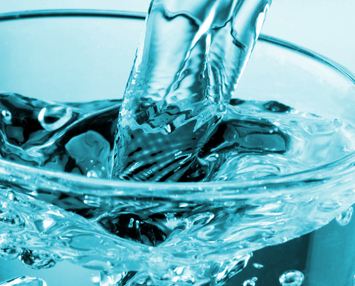Adelaide works detailed
 SA Water has laid out a $781 million upgrade plan.
SA Water has laid out a $781 million upgrade plan.
South Australia's water corporation is seeking substantial investments in Adelaide's northern and northeastern suburbs, requesting big money over the next four years to fund four major projects.
The $781 million expenditure averages out to approximately $423 per South Australian resident.
To cover these upgrades and other network maintenance expenses, SA Water has reportedly proposed annual bill increases of 3.5 per cent for its customers, effective from July 1, excluding inflation.
The Essential Services Commission of South Australia (ESCOSA) is currently reviewing these plans, with a draft decision set to be released in the coming month.
The four projects proposed by SA Water are aimed at addressing the rapid growth in the “metro north subsystem” of Adelaide.
The utility estimates that $364.8 million is needed for capital works, along with $400,000 for operations.
These projects involve duplicating approximately 37 kilometres of water mains, constructing 12 kilometres of new mains, and replacing an additional 23 kilometres of existing mains. Additionally, the plan includes upgrades to pump stations.
Two projects, totaling $104.5 million, are also linked to the Bolivar wastewater plant and the broader network serving northern Adelaide. The northern suburbs have been identified as essential for expanding housing stock in response to the current demand, with plans to build up to 20,000 homes in various locations.
SA Water points to “accelerated growth” in both wastewater and water networks in Adelaide's north as a key driver behind the need for these infrastructure investments.
They argue that this growth is outpacing earlier projections and necessitates accelerated investments that would typically be spread over several regulatory periods.
David Ryan, SA Water's CEO, says infrastructure must keep pace with development. Water Minister Susan Close has highlighted the importance of having adequate infrastructure to support residential growth, ensuring clean water supply and effective wastewater management.
One significant cost factor in the plan is the transition of approximately 4,700 properties in the Tea Tree Gully Council area from septic systems to SA Water sewers.
SA Water took control of the community waste management system (CWMS) in the region last year, following a directive from former Environment Minister David Speirs.
Labor presented a $92 million policy to connect CWMS residents to SA Water during the 2022 state election, based on data from Tea Tree Gully Council.
The transition process has faced cost escalations and the need for on-property works, including sanitary drainage system connections and property reinstatements, which were not initially accounted for in the project's budget.
As a result, SA Water now requires an additional $311.9 million in capital and operating expenditures for the program over the next four years, with completion expected in the next regulatory period starting in mid-2028.
The Council for Social Services in South Australia (SACOSS) has estimated that by 2028, the cost per customer for transitioning from septic systems will exceed $83,000.
SACOSS CEO Ross Womersley expressed reservations about ministerial directions for projects, citing the need for more thorough scrutiny of their efficiency and merits.
However, Water Minister Susan Close defended the use of ministerial directions as a means to prioritise crucial projects.
The SA Water upgrade plan remains under scrutiny as the Essential Services Commission assesses its feasibility and impact on water bills for South Australian residents.








 Print
Print